SOURCE: IDRW.ORG TEAM


In a recent development that has heightened tensions between India and Pakistan, a tactical unmanned aerial vehicle (UAV) belonging to the Indian Army, known as the Switch VTOL (Vertical Take-Off and Landing) hybrid tactical drone, inadvertently landed in Pakistani Occupied Kashmir area after losing control due to a reported “technical malfunction.” The incident has prompted a response from both military establishments, with the Pakistan Army recovering the UAV in Pakistan-occupied Kashmir (PoK) and subsequently transporting it to Islamabad for further investigation.
The Pakistan Army quickly responded to the situation by securing the Switch VTOL UAV. The debris of the drone has been sent to Pakistan’s Army Cyber Security team, which is conducting a detailed examination to extract any data that could provide insights into the UAV’s mission and origin. The investigation aims to obtain crucial data, including the launch area and other GPS coordinates, from the UAV’s onboard systems.
Continue readingSOURCE: RAUNAK KUNDE / NEWS BEAT / IDRW.ORG
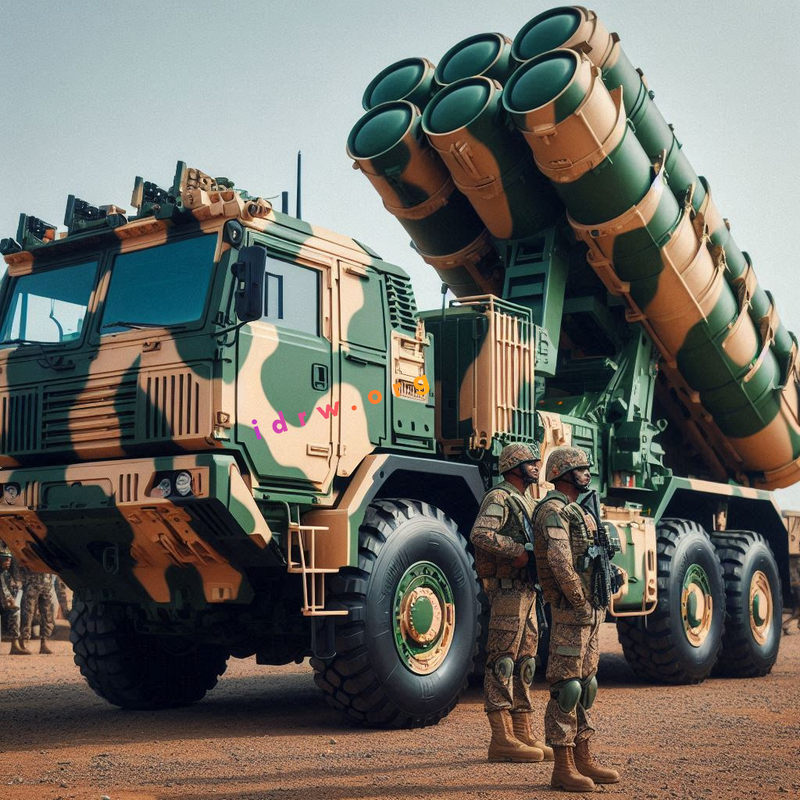

William Blair, Vice President and Chief Executive for Southeast Asia and India at Lockheed Martin has articulated the company’s strategic vision for addressing India’s complex air and missile defence needs. In a recent statement, Blair emphasized Lockheed Martin’s commitment to providing a comprehensive defence solution that integrates advanced systems like the PAC-3 MSE and THAAD to enhance India’s defence capabilities.
Blair underscored Lockheed Martin’s approach to air and missile defence as a “stratified defence solution,” particularly in the context of land-based implementations. The company envisions a layered defence strategy where the PAC-3 MSE (Patriot Advanced Capability-3 Missile Segment Enhancement) system would operate as a lower layer beneath the Terminal High Altitude Area Defense (THAAD) system. This integration aims to provide a robust defence against a range of aerial threats, from short-range to high-altitude ballistic missiles.
Continue readingSOURCE: RAUNAK KUNDE / NEWS BEAT / IDRW.ORG
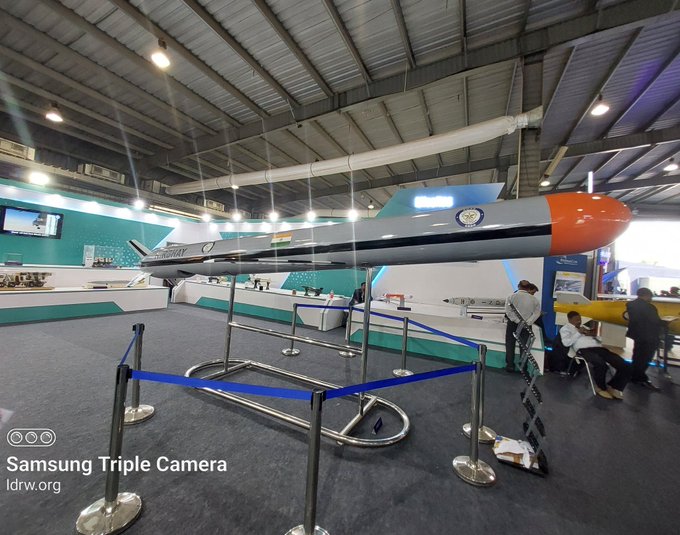

The Defence Research and Development Organisation (DRDO) is set to commence developmental trials of the ship-launched anti-ship sub-sonic cruise missile version of Nirbhay within the next 12-18 months. The research and development for this missile have been completed, and the fabrication process is currently underway.
The ship-based sub-sonic cruise missile will be available in two variants: Land Attack Cruise Missile (LACM) and Anti-Ship Cruise Missile (ASCM). DRDO has already developed a Universal Vertical Launch Module (UVLM) that can accommodate both ship-based sub-sonic and supersonic cruise missiles like BrahMos.
Continue readingSOURCE: RAUNAK KUNDE / NEWS BEAT / IDRW.ORG


Bharat Electronics Limited (BEL), a premier Indian defence electronics company, has announced in its annual report that it is developing the Long Range Radar (LRR) known as “SASTRA.” The radar, originally developed by the Defence Research and Development Organisation (DRDO), is designed for extended-range search and track capabilities, with a range exceeding 2000 kilometres.
SASTRA is also capable of detecting low Radar Cross Section (RCS) aircraft and platforms, making it a critical asset for India’s defence infrastructure.
Continue readingSOURCE: IDRW.ORG TEAM

A significant milestone has been reached in the production of India’s indigenous light combat aircraft, the Tejas. GE Aerospace is set to commence deliveries of F-404 engines from this month, with two engines scheduled for shipment. This marks a crucial step in accelerating the production of Tejas aircraft by Hindustan Aeronautics Limited (HAL).
The US aerospace giant plans to deliver an additional six F-404 engines by the end of March 2025, enabling HAL to deliver at least eight Tejas Mk1 Trainer and Mk1A jets to the Indian Air Force (IAF) within the same timeframe.
Continue readingSOURCE: IDRW.ORG TEAM


India’s decision to prioritize investment in Lottering ammunition systems over unmanned aerial vehicles (UAVs) for combat operations is proving to be a strategic gamble that may pay off in the long run.
The recent Russian-Ukrainian conflict has highlighted the vulnerabilities of UAVs in modern warfare. Despite their initial successes, UAVs have proven to be highly susceptible to sophisticated air defense systems. Last year Indian Air Force’s Chief of Staff, Air Chief Marshal Vivek Ram Chaudhari, has echoed this sentiment, emphasizing the limited impact of UAVs when faced with multi-layered defenses.
Continue readingSOURCE: RAUNAK KUNDE / NEWS BEAT / IDRW.ORG


The Indian Navy is gearing up to approach the Defence Acquisition Council (DAC) for approval to build 8 to 10 destroyers of the advanced Project 18 class. These warships will be equipped with cutting-edge technology, including anti-ballistic missile systems and drone launch capabilities.
Concept details for the Project 18 class warships have emerged, offering a glimpse into their impressive capabilities. A promotional video released last year showcased a graphical rendition of a possible design, featuring a striking canister-based universal Vertical Launch System (VLS) configuration. This innovative design incorporates 144 missile cells, arranged in a three 6×4 VLS 2 layout, positioned at the bow and aft.
Continue readingSOURCE: RAUNAK KUNDE / NEWS BEAT / IDRW.ORG
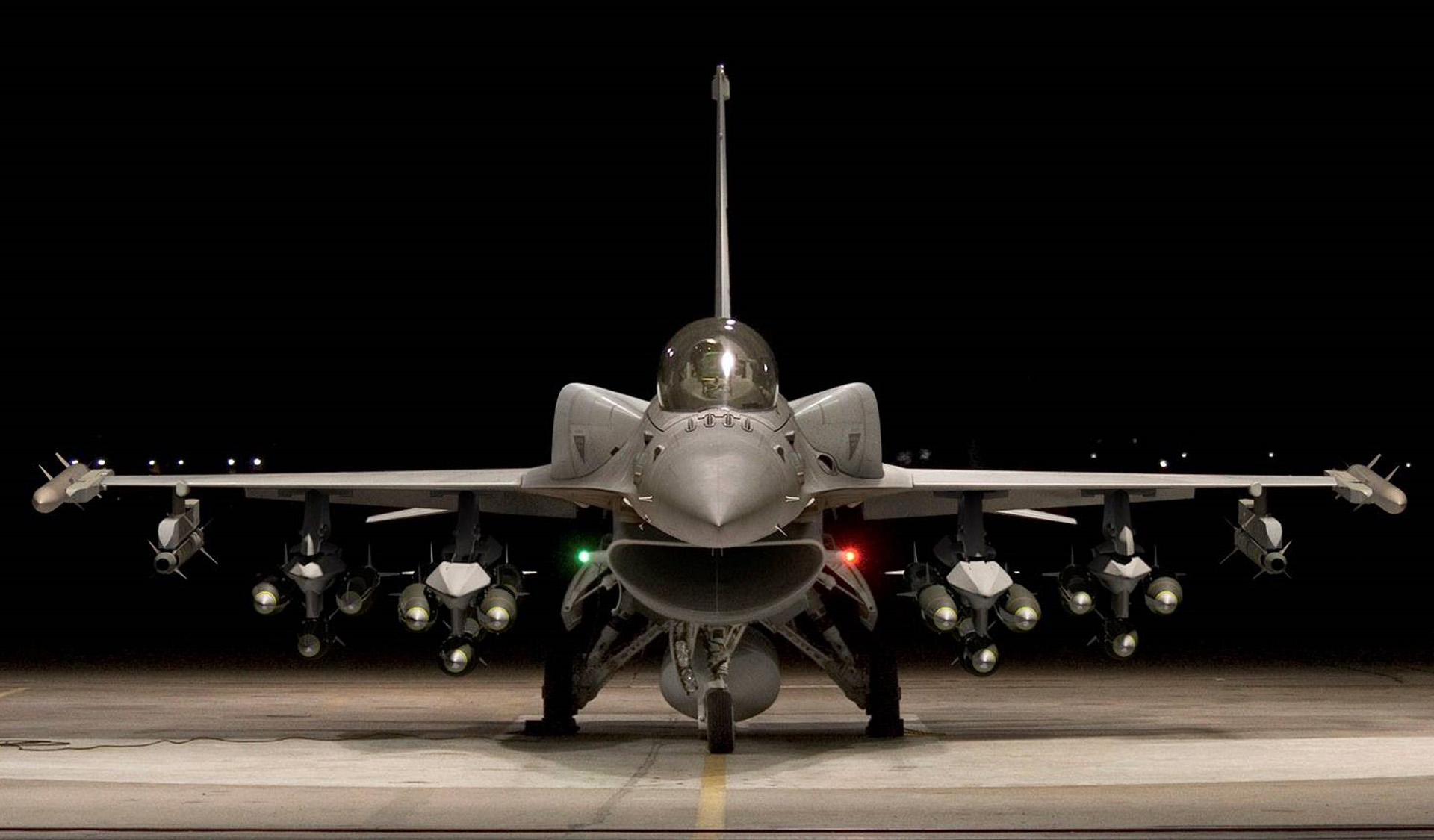

Lockheed Martin is making a strong case for the F-16V Block 70/72 as a prime contender for the Indian Air Force’s Medium Weight Fighter Aircraft (MRFA) tender. The aerospace giant is highlighting the aircraft’s advanced capabilities, longevity, and potential as an export platform from India.
The F-16, despite its age, has been significantly upgraded with the latest technology in the Block 70/72 variant. Equipped with an AN/APG-83 AESA radar, comparable to those found in fifth-generation fighters, the aircraft boasts enhanced situational awareness and target acquisition capabilities. Coupled with the AN/ALQ-254(V)1 Viper Shield electronic warfare system, the F-16V offers a robust survivability package.
Continue readingSOURCE: RAUNAK KUNDE / NEWS BEAT / IDRW.ORG


The Indian Air Force (IAF) has decided not to focus on or pursue a 6th generation combat aircraft platform that was previously anticipated by 2040. Instead, the IAF will prioritize the development and induction of the 5.5 generation Advanced Medium Combat Aircraft (AMCA), with plans for induction beginning in 2035 and continuing into the mid-2040s.
An anonymous IAF official revealed to idrw.org that the service is now concentrating on the AMCA program, with the initial induction expected to commence from 2035 onwards, with a major chunk of the fleet entering service by the early 2040s. The IAF aims to continue inducting AMCA even into the mid-2040s, thereby pushing back the timeline for any potential 6th-generation program to the early to mid-2040s.
Continue readingSOURCE: IDRW.ORG TEAM


Delhi-based Indian defense firm Bhumi Entech has developed a groundbreaking mobile Anti-ARM (Anti-Radiation Missile) decoy system to safeguard critical radars from enemy attacks. The system has already been successfully inducted into the Indian Air Force (IAF) following rigorous trials, demonstrating its effectiveness in countering threats posed by anti-radiation missiles.
The Mini-Truck based Anti-ARM Decoy system is designed to emit a strong electromagnetic signal that mimics the radar’s signature, thereby deceiving incoming anti-radiation missiles. By attracting the missile away from the actual radar, the decoy system protects the vital asset from destruction.
Continue readingSOURCE: IDRW.ORG TEAM
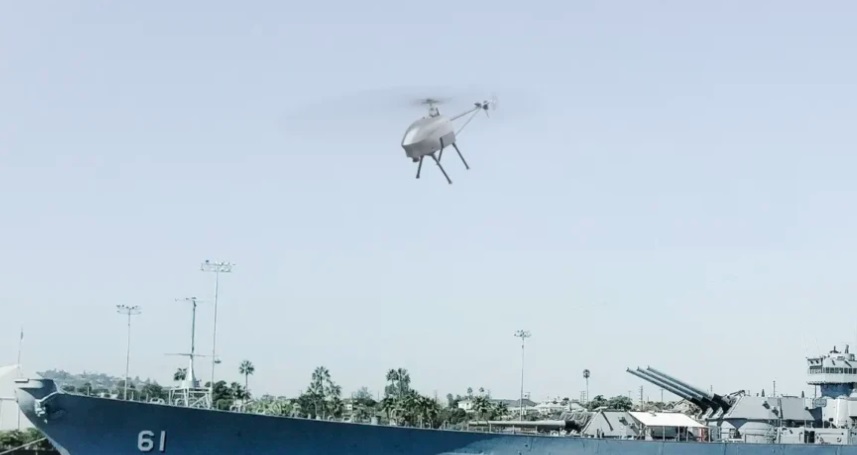

EndureAir, an innovative company incubated at the Indian Institute of Technology (IIT) Kanpur, has announced the development of its latest technological breakthrough, the E-Vibhram. This advanced electric-powered UAV is an evolution of the Vibhram family, designed to meet a wide range of operational needs with its high-endurance and multi-role capabilities.
E-Vibhram represents a significant leap in UAV technology, offering a fully electric alternative to traditional helicopter designs. This novel electric UAV is engineered to operate effectively in all weather conditions, making it versatile for various applications, including maritime operations from naval warships.
Continue readingSOURCE: RAUNAK KUNDE / NEWS BEAT / IDRW.ORG


In a recent interview, Dr Samir V Kamat, Chairman of the Defence Research and Development Organisation (DRDO), announced significant advancements in the development of the DRDO-L&T Zorawar Light Tank. He confirmed that the tank will feature a locally developed 105mm cannon, replacing the Cockerill 105mm High Pressure (HP) cannon that was showcased in the prototype. This move underscores India’s push for indigenization in its defence projects.
Dr. Kamat emphasized that by the time the Zorawar Light Tank reaches the production stage, even more imported systems will be replaced with locally developed alternatives. One such development is the Cummins 750hp engine that powers the tank. The engine will see local production in India, courtesy of the Indian subsidiary of Cummins, further reducing dependence on foreign suppliers.
Continue readingSOURCE: RAUNAK KUNDE / NEWS BEAT / IDRW.ORG


A significant milestone has been achieved in India’s Indigenous defence manufacturing as the DRDO-L&T-developed Composite Combat Infantry Vehicle (CCIV) has completed its internal trials. This cutting-edge armoured vehicle is now poised to compete for the Indian Army’s highly anticipated Futuristic Infantry Combat Vehicle (FICV) contract.
The CCIV stands out for its impressive weight-to-power ratio. Despite being equipped with a formidable arsenal including a 30mm automatic cannon, a coaxial machine gun, and a remotely operated weapon station with a 12.7mm machine gun, the vehicle maintains a remarkably low weight of under 18 tons. This is primarily attributed to the extensive use of high-performance composite materials in its construction.
Continue readingSOURCE: RAUNAK KUNDE / NEWS BEAT / IDRW.ORG


G. Ramamohana Rao, Director of the Vehicles Research and Development Establishment (VRDE), recently announced significant advancements in the development of the WhAP 8×8 Amphibious Wheeled Armoured Vehicle. Rao highlighted that VRDE is aiming to increase the indigenous content of the WhAP to over 80% in its next iteration, with plans to further raise this to 85-90% within the next 18 months, just before the vehicle enters full-scale production.
The DRDO has already unveiled the second-generation Wheeled Armoured Platform (WhAP), which features a host of improvements over its predecessor. According to Rao, the Indian Army, which has taken delivery of 18 first-generation WhAP 8×8 vehicles, has expressed complete satisfaction with their performance.
Continue readingSOURCE: IDRW.ORG TEAM
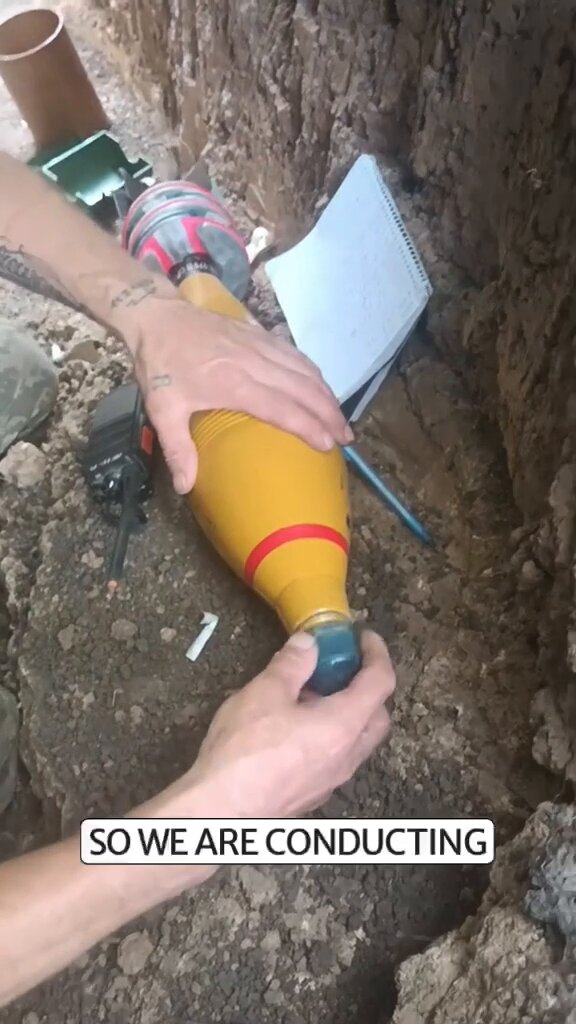

In a significant development, the Czech Republic has committed to procuring more ammunition from India to support Ukraine in its ongoing conflict with Russia. The announcement follows the successful delivery of Indian-made 125mm HE shells and 20mm mortars to Ukraine from Czech Republic in June.
Earlier this year, India exported a 50,000 of 125mm HE shells and 80,000 120mm mortars to the Czech Republic as part of a defense deal. The Czech Republic has now expressed its intention to increase these orders, leveraging funds from the frozen Russian assets held by the European Union.
Continue reading